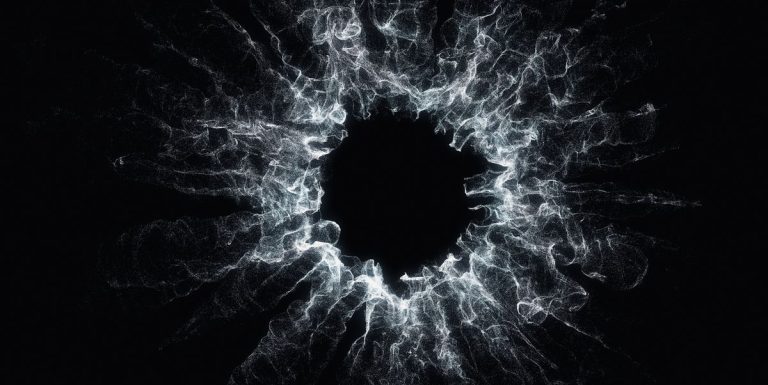- Fundamental particles fall into two camps: fermions or bosons, but a new study suggests that hypothetical paraparticles could exist in a sort of in-between.
- Although technically quasi-particle, this mathematical proof of principle reexamines the fundamental idea that forms the periodic table itself.
- For the moment, these paraparticles have only been described in one and two dimensions, but nothing excludes their appearance in nature, even if their frequency remains uncertain.
Understanding the ins and outs of the subatomic world is a confusing process, but there are moments of surprising simplicity. For example, all fundamental particles (that we know about) can be naturally divided into two categories: fermions And bosons. Fermions contain all particles of matter (i.e. quarks and leptons) and are characterized by their half-integer spin values while bosons are all force carriers: gluons, w bosons and z, the photons and of course the Higgs boson-and have spin values in whole integers, so 0 or 1 (or possibly 2 if gravitons exist).
These different properties mean that fermions and bosons also behave differently. Don Lincon, senior researcher at the American particle physics laboratory Fermilab, describe bosons as “puppies of the subatomic world” because you can have an unlimited number of bosons in the same place at the same time. This is why lasers exist, for example. However, fermions are distant (or “subatomic cats”, according to Lincoln) because two fermions cannot be in the same place at the same time due to the Pauli exclusion principle, which states that two electrons (each with opposite spins ) cannot occupy the space. the same atomic orbital.
In other words, particles between these two states should not exist, but a new mathematical study by two scientists from Rice University in Texas and the Max Planck Institute for Quantum Optics in Germany suggests otherwise . Using advanced mathematical techniques, the researchers discovered that these “paraparticles” could theoretically exist within the known limits of physics. The results of this study were published in the magazine Nature.
“This is interdisciplinary research that involves several areas of theoretical physics and mathematics,” said Zhiyuan Wang of the Max Planck Institute, a former postdoctoral student at Rice University and co-author of the paper. study. said in a press release.
Mathematically proving the existence of paraparticles, the existence of which has been debated for 70 years, was not an easy task. The duo relied on advanced mathematicssuch as Lie algebra, Hopf algebra, and representation theory to create mathematical models of dense matter systems, and discovered that these hypothetical one- and two-dimensional paraparticles behaved differently from fermions and bosons when they swapped positions, allowing a number of particles to come together rather than just one (fermions) or an infinite number (bosons).
“Our paper proves, for the first time, that there really is something beyond fermions and bosons.” Wang said New scientist.
While this new mathematical description is a major breakthrough, its impact is still unknown, and Rice University co-author Kaden Hazzard even says he doesn’t know exactly where this research will lead, but “I know that It will be exciting to find out. » So far, the research does not hypothetically show evidence for the existence of paraparticles in the third dimension (although it does not rule it out either) and the likelihood of these hypothetical paraparticles occurring in nature is currently unknown.
As New scientist As noted, these paraparticles are actually quasiparticles, which emerge from strong interactions between particles, and are not themselves fundamental particles. However, the discovery of the quasiparticle known as anyons could prove vital for the development of future quantum computersso further exploration of these paraparticles could lead science into new areas previously thought impossible.
Darren lives in Portland, has a cat, and writes/edits about science fiction and how our world works. You can find his previous work on Gizmodo and Paste if you look hard enough.


